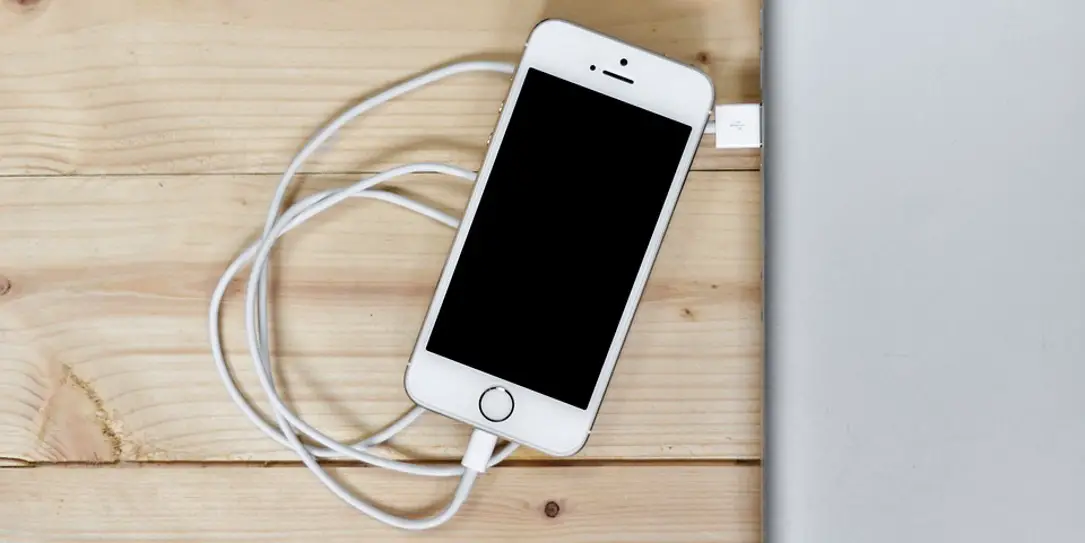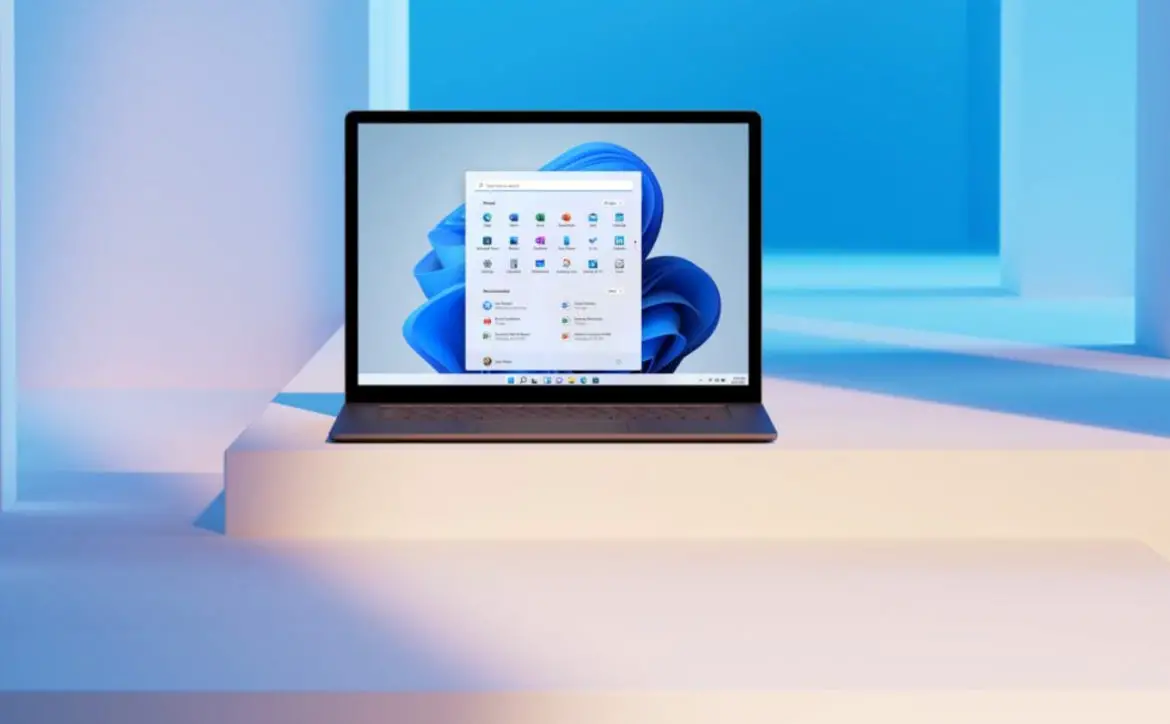We’ve all had devices not start up or die in the middle of something. Sometimes, that was in the middle of doing something important. Of course, we recharge, recover what we can, and keep going. Most of the time, we don’t get to the point of having our laptop or phone crash. But, as they get older, time between charges gets shorter. That’s normal.
After 5,000-7,000 charges, capacity diminishes drastically. And it doesn’t happen overnight. It’s a gradual change in capacity. Think of all the times you’ve suddenly realized that your battery wasn’t lasting as long. That’s normal. In the old days, instead of throwing away the phone, we’d open it, take out the battery, and stick a new battery in. We can still swap batteries in our laptops, but many smartphones are now sealed with no access to the battery.
If we really like our phone, it’s possible to pay $50 or so, plus the cost of a replacement battery, to have a tech replace it. While $100+ is a lot less than paying for a new phone, it still costs us $100+ to stick with older technology. And that’s assuming we find a phone repair place we know we can trust. Or we can spend upwards of $250 to get newer technology and then go through the hassle of setting up a new device all over again. Very few of us get a warm fuzzy feeling from either option. But there’s hope, at least in the future.
University of California, Irvine campus, has researchers who are working on a new battery technology using wires thinner than a hair.
By utilizing nanowires, which are thousands of times thinner than the width of a human hair, the researchers at UCI were able to create a battery that went through 200,000 recharge cycles without losing any capacity — essentially meaning it would never need to be replaced.
“We started to cycle the devices, and then realized that they weren’t going to die,” Reginald Penner, a lead author of a paper on the research published in the American Chemical Society’s Energy Letters, said. “We don’t understand the mechanism of that yet.”
Present lithium ion technology has the problem of the lithium corroding. That’s what causes the battery to lose its capability to hold a charge.
To overcome this problem, UCI doctoral candidate Mya Le Thai used gold nanowires to store electricity, which she encased in a manganese oxide shell and protected by an electrolyte gel. The interaction of the metal oxide with the gel prevents the nanowires from corroding.
The result is that, instead of 5,000-7,000 charges, 200,000 are a reality. While our penchant for replacing our phones every two years or so may not make them a likely candidate, we tend to go longer with our laptops, which would make them ideal for the new battery technology. Of course, as some of the phone companies go more modular in design, they too may become more likely to benefit.
We said this had possibilities for the future. That’s for several reasons:
- They still need to learn how and why the technology works.
- They haven’t really built a normal battery made with this technology.
- Once those are overcome, they need to find a more common, less cost prohibitive material to use instead of gold. It’s too expensive for commercial use.
https://www.youtube.com/watch?v=lzFzBpwl8aU
We are hearing more and more about emerging battery technologies these days. What do you think about the possibilities? Let us know in the comment section below, or on Facebook, Google+, or Twitter.
[button link=”http://www.ibtimes.com/scientists-develop-never-ending-battery-technology-pcs-smartphones-electric-cars-2358010″ icon=”fa-external-link” side=”left” target=”blank” color=”285b5e” textcolor=”ffffff”]Source: IBT[/button]









